It has been a major discussion in the paint horse industry regarding solid paint bred (SPB) horses possibly being given the right to show alongside APHA regular registered (RR) horses. Though multiple rule change proposals were turned down regarding this subject at the 2017 APHA National Convention, a door was opened allowing more opportunities for SPB paints.
Rule RG-070-01 was passed allowing a horse with two APHA parents but no natural paint marking, the opportunity to be granted regular registry if the horse obtains paint characteristics and an APHA approved genetic test confirms the horse carries at least one paint gene. This rule went into effect immediately allowing breeders to have the opportunity to register their foals with hopes of them becoming a RR paint horse.
While some purists remain skeptical regarding the new rule, others see it as a step in the right direction to help increase participation in the APHA industry as a whole. We asked several people in the industry…What are your thoughts on RG-070-1 and how do you think it will effect the APHA?
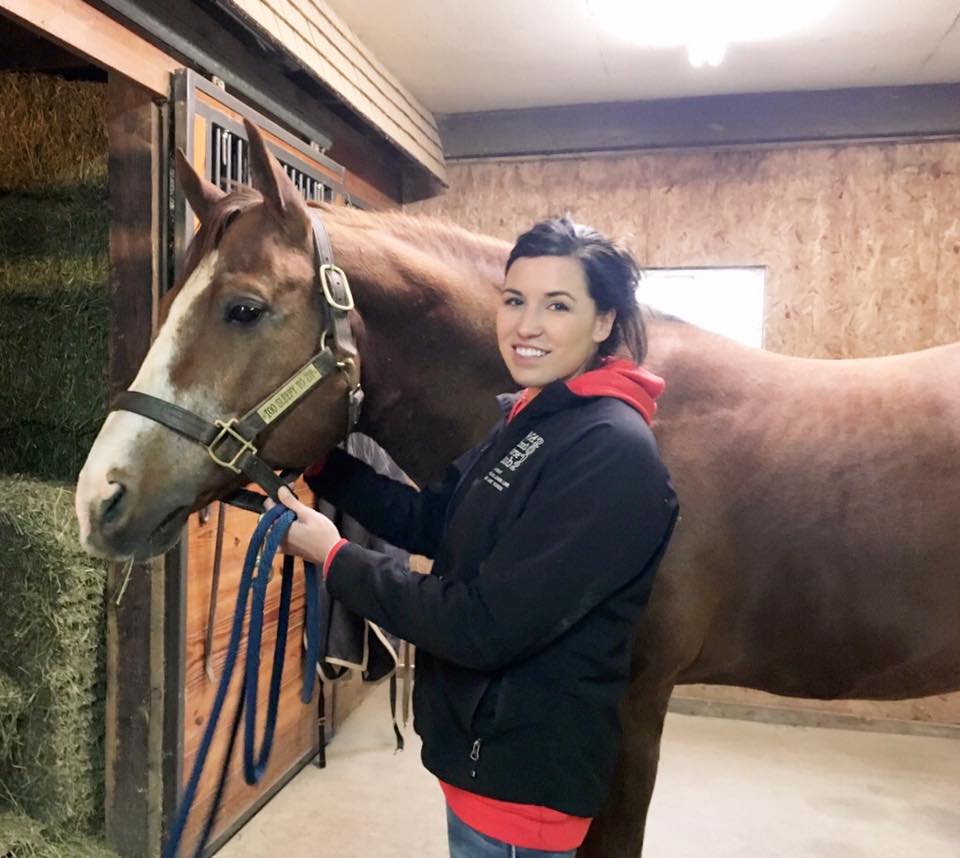 Samantha Martin, APHA Breeder/Trainer – I feel like the rule is a step in the right direction, however, I feel like it still has too many “hoops” to jump through to try to get the number of solids participating in the shows up or the number of horses in general to increase. I guess you could kind of consider me somewhat neutral on the subject because I have always said I don’t care if the horse is purple…if it’s good, show it.
Last year when APHA opened up the Breeders Futurities and Farman Stakes to the solids with two regular paint parents, that was a very exciting step forward. It’s getting there. Show them.
Samantha Martin, APHA Breeder/Trainer – I feel like the rule is a step in the right direction, however, I feel like it still has too many “hoops” to jump through to try to get the number of solids participating in the shows up or the number of horses in general to increase. I guess you could kind of consider me somewhat neutral on the subject because I have always said I don’t care if the horse is purple…if it’s good, show it.
Last year when APHA opened up the Breeders Futurities and Farman Stakes to the solids with two regular paint parents, that was a very exciting step forward. It’s getting there. Show them.
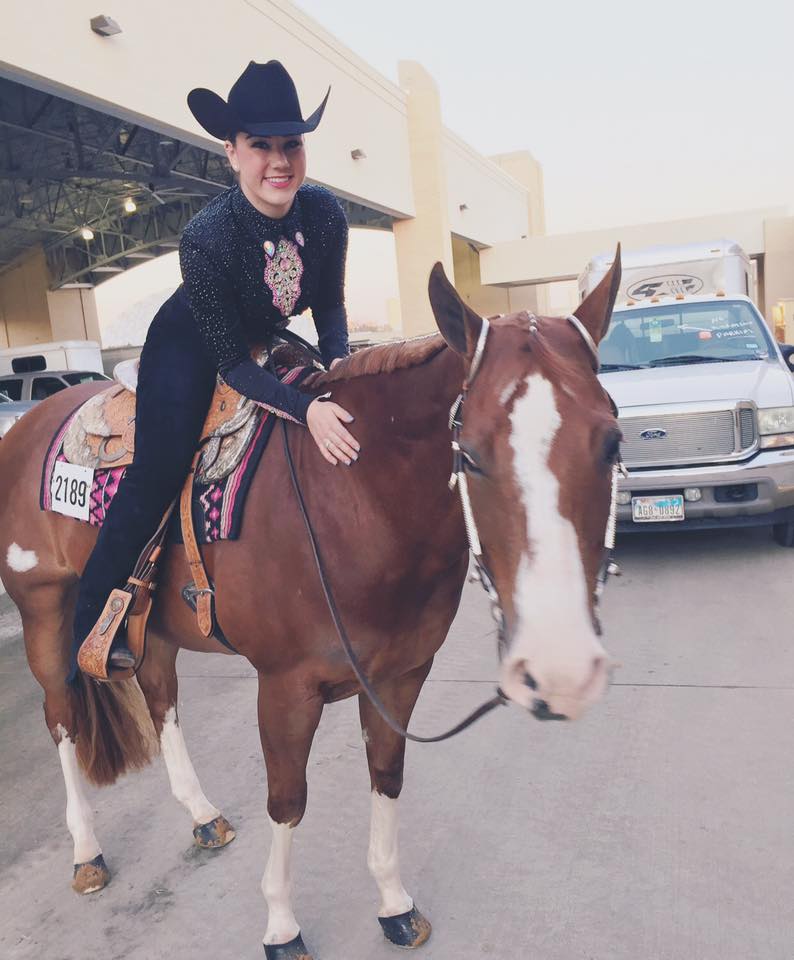 Drew Rogers, APHA Amateur/NCEA Equestrian – I think it is incredibly smart that the APHA decided to pass rule RG-070-1. To me, there are so many amazing paint horses out there that have these gorgeous and talented babies but don’t have the opportunity to show due to their lack of color, even when they have characteristics. It will not only increase turnout at competitions, but it will also allow these horses to be put towards what they were bred for. I feel that it is the best option to help paints grow as a breed, encourage the paint breeders to breed to paint stallions and increase color production.
Drew Rogers, APHA Amateur/NCEA Equestrian – I think it is incredibly smart that the APHA decided to pass rule RG-070-1. To me, there are so many amazing paint horses out there that have these gorgeous and talented babies but don’t have the opportunity to show due to their lack of color, even when they have characteristics. It will not only increase turnout at competitions, but it will also allow these horses to be put towards what they were bred for. I feel that it is the best option to help paints grow as a breed, encourage the paint breeders to breed to paint stallions and increase color production.
 Erin Bradshaw, AQHA/APHA Amateur/Stallion Owner- I think it was a good decision and a step in the right direction. I think that all of the horses that get denied regular registry because they’re right on the verge, will now get their chance. I’ve seen many that are so close but got denied regular registry. While some won’t agree with this change because they’ll ask, “well what is a paint characteristic” and, “why do some solids qualify and some not” for the genetic testing. I think change starts small and if we all want to see a change, we have to be accepting of it, especially in this case, rather than saying “we could be doing more”. I think they’re doing a great job and definitely moving in the right direction.
Erin Bradshaw, AQHA/APHA Amateur/Stallion Owner- I think it was a good decision and a step in the right direction. I think that all of the horses that get denied regular registry because they’re right on the verge, will now get their chance. I’ve seen many that are so close but got denied regular registry. While some won’t agree with this change because they’ll ask, “well what is a paint characteristic” and, “why do some solids qualify and some not” for the genetic testing. I think change starts small and if we all want to see a change, we have to be accepting of it, especially in this case, rather than saying “we could be doing more”. I think they’re doing a great job and definitely moving in the right direction.
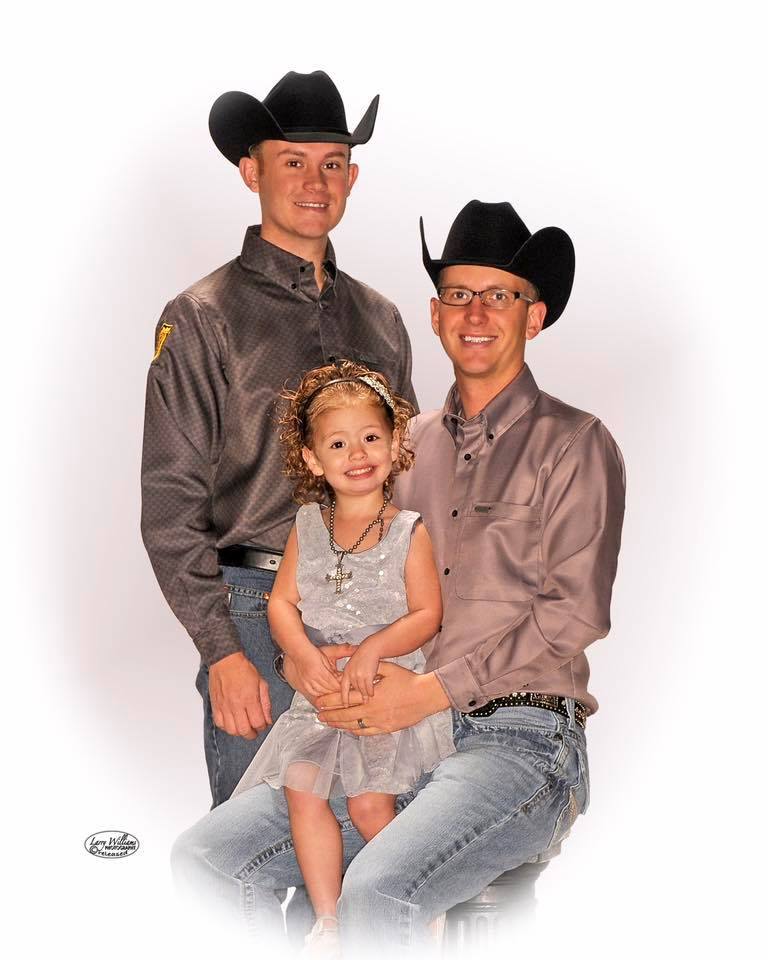 Brian Henry, Breeder/Trainer – As a trainer, I feel like our higher quality of horse has begun to plateau and is hard to find. I believe that we are feeling the consequences of the decline in breeding. With this shortage, I’m watching fellow trainers feel extreme pressure to prepare younger horses and push them beyond their limits, they become lame or burnt out and never make it. We need to encourage our fellow paint horse enthusiasts to breed again, and we need to not be scared to breed for quality and not just color. I think that we are so lucky to be a part of a time when technology is moving faster than ever. We have the ability to use this technology to our benefit by utilizing genetic testing to further educate ourselves about our breed. I also feel like it’s crucial that we remember our roots. Our association came from Quarter Horse breeding. We shouldn’t punish our members who want to outcross and better the breed. Our industry is rapidly changing and people have more options now than ever. We need to do everything we can to retain our current membership and encourage growth in new members. It’s easy for everyone to sit back and complain about the issues at hand, but this is a great, small, positive step towards better inclusion. I personally would like to see something bigger, but we have to start somewhere and I’m happy to see some progress.
Brian Henry, Breeder/Trainer – As a trainer, I feel like our higher quality of horse has begun to plateau and is hard to find. I believe that we are feeling the consequences of the decline in breeding. With this shortage, I’m watching fellow trainers feel extreme pressure to prepare younger horses and push them beyond their limits, they become lame or burnt out and never make it. We need to encourage our fellow paint horse enthusiasts to breed again, and we need to not be scared to breed for quality and not just color. I think that we are so lucky to be a part of a time when technology is moving faster than ever. We have the ability to use this technology to our benefit by utilizing genetic testing to further educate ourselves about our breed. I also feel like it’s crucial that we remember our roots. Our association came from Quarter Horse breeding. We shouldn’t punish our members who want to outcross and better the breed. Our industry is rapidly changing and people have more options now than ever. We need to do everything we can to retain our current membership and encourage growth in new members. It’s easy for everyone to sit back and complain about the issues at hand, but this is a great, small, positive step towards better inclusion. I personally would like to see something bigger, but we have to start somewhere and I’m happy to see some progress.
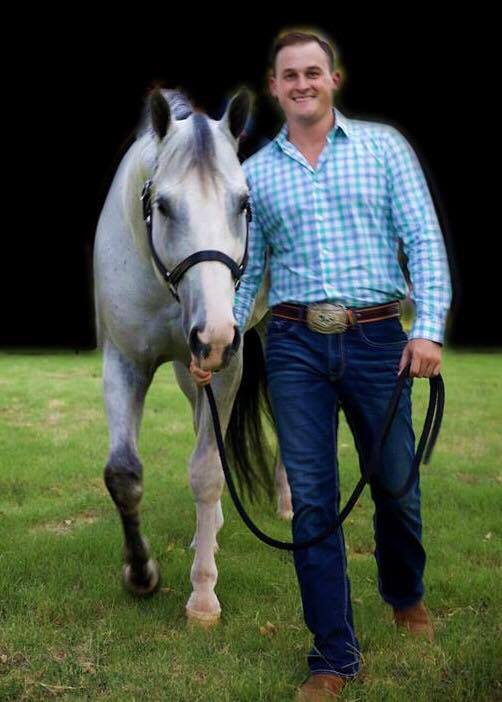 Dominic DeStefano, APHA Stallion Owner/Amateur – APHA has been struggling with how to handle solids for longer than I have been a part of it. The 50/50 chance of getting a spot on all of the foals that hit the ground every year is an inherent risk with breeding paints. In my opinion, the Association has tried to do their best to increase value in a solid foal, but it has taken time and baby steps. I have seen the local associations, specifically Oklahoma and Texas, offer solid classes in every division possible. I myself being a paint stallion owner, have even offered to donate money from stud fees to go towards the solid horse awards at the world show. This rule is a great step in working towards increasing the value of solid foals. Having foals born without a large enough white spot will always be something that is a part of breeding paints, it’s genetic. In my opinion, APHA did the best they could do with maintaining the integrity of a “paint”, incentivizing breeding paint to paint by not punishing those who wish to outcross, and still not eliminating the opportunity to compete within SPB divisions. APHA stallion owners not only compete with other paint stallions, but AQHA studs and Jockey Club studs as well. This rule offers some incentive to level the playing field by offering breeders a chance at regular registry papers on what appears to be a solid foal. An OWLS+ stallion should no longer be seen with a negative connotation, but an increased opportunity of passing a genetic marker. We have a long way to go in the genetic testing portion of the rule, but progress is progress and I am confident in the decisions of APHA’s local directors and Executive Committee.
Dominic DeStefano, APHA Stallion Owner/Amateur – APHA has been struggling with how to handle solids for longer than I have been a part of it. The 50/50 chance of getting a spot on all of the foals that hit the ground every year is an inherent risk with breeding paints. In my opinion, the Association has tried to do their best to increase value in a solid foal, but it has taken time and baby steps. I have seen the local associations, specifically Oklahoma and Texas, offer solid classes in every division possible. I myself being a paint stallion owner, have even offered to donate money from stud fees to go towards the solid horse awards at the world show. This rule is a great step in working towards increasing the value of solid foals. Having foals born without a large enough white spot will always be something that is a part of breeding paints, it’s genetic. In my opinion, APHA did the best they could do with maintaining the integrity of a “paint”, incentivizing breeding paint to paint by not punishing those who wish to outcross, and still not eliminating the opportunity to compete within SPB divisions. APHA stallion owners not only compete with other paint stallions, but AQHA studs and Jockey Club studs as well. This rule offers some incentive to level the playing field by offering breeders a chance at regular registry papers on what appears to be a solid foal. An OWLS+ stallion should no longer be seen with a negative connotation, but an increased opportunity of passing a genetic marker. We have a long way to go in the genetic testing portion of the rule, but progress is progress and I am confident in the decisions of APHA’s local directors and Executive Committee.
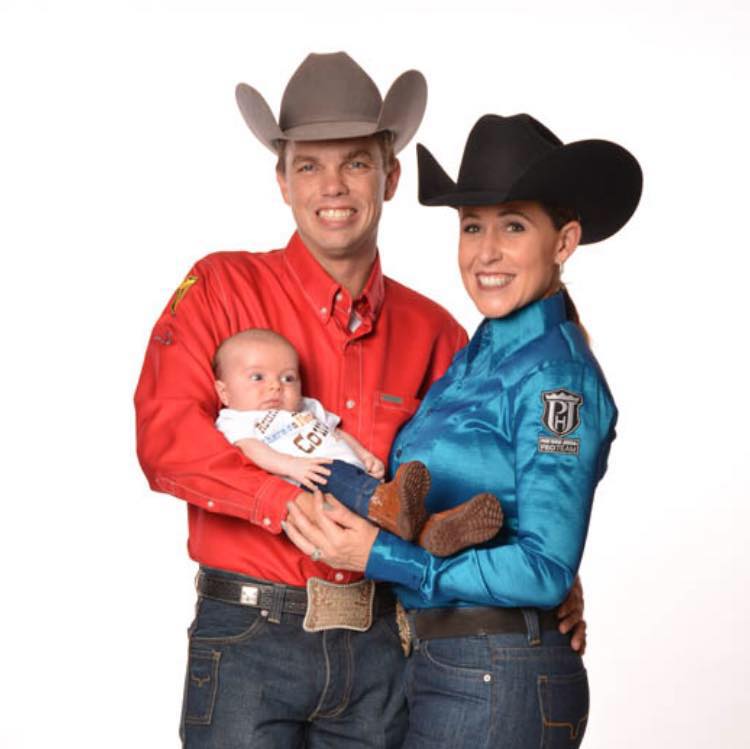 Carly Parks, APHA Judge/Trainer – I think that the APHA’s new rule will be a positive change. It allows a few more horses in the door by rewarding breeders who are truly trying to breed a paint and their horses that have paint traits, but just miss the cutoff. By carrying a genetic marker, the horses that are allowed in should still be positive contributors to paint breeding. Additionally, these horses will still most likely “look” like paint horses. I know of quite a few breeders already waiting to get their horses tested that have missed the cutoff previously. Hopefully, this will encourage them not only to get those horses registered and trained, but to continue supporting paint stallions.
Carly Parks, APHA Judge/Trainer – I think that the APHA’s new rule will be a positive change. It allows a few more horses in the door by rewarding breeders who are truly trying to breed a paint and their horses that have paint traits, but just miss the cutoff. By carrying a genetic marker, the horses that are allowed in should still be positive contributors to paint breeding. Additionally, these horses will still most likely “look” like paint horses. I know of quite a few breeders already waiting to get their horses tested that have missed the cutoff previously. Hopefully, this will encourage them not only to get those horses registered and trained, but to continue supporting paint stallions.
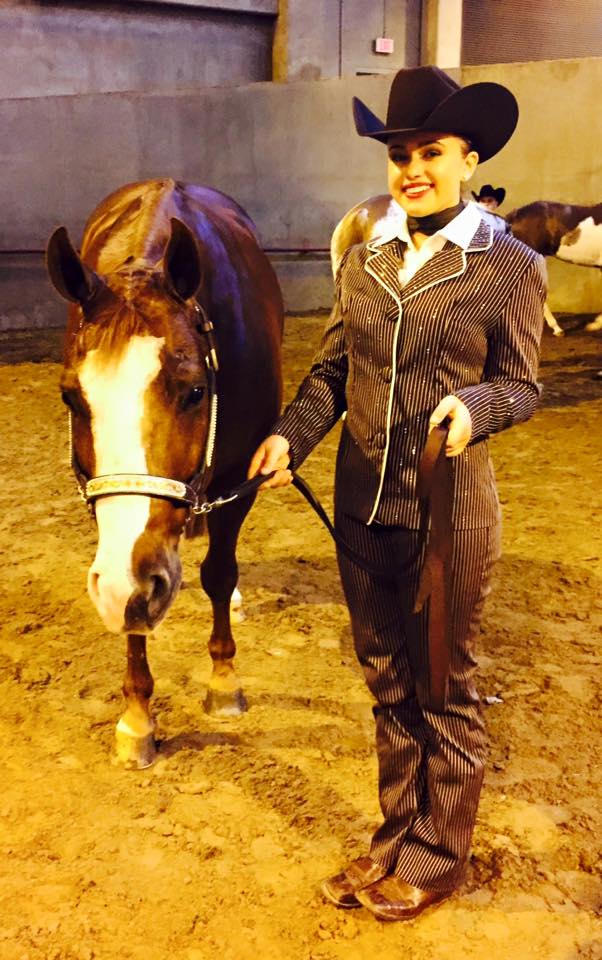 Mackenzie Chapman, APHA/AQHA Youth – First, I think that RG-070-1 and other rule change proposals that were voted upon were hot topics of discussion on Facebook. I think this showed strong passion and opinions that carried over to a discussion at the convention on what direction APHA should consider with SPB’s. The fact is, the horse industry and breeding trends have changed. Not as many people breed horses anymore – our equine inventory is down. Those who do breed, seem to want more insurance that their APHA foal will be able to compete in regular registry classes, where, let’s face it, there are more entries and competition. Genetics are like a complicated statistical model. And who hasn’t thought it would be great if we could predict exactly which bloodlines crossed with another would guarantee white? While genetic testing for color markings is in its infancy, why not use what we know for sure about this science right now? By crossing APHA to APHA registered horses and allowing their offspring to be regular registry, providing they have a paint characteristic and a genetic color marker is using science and technology to advance our breed. No, this science isn’t conclusive yet – but no science is, or there wouldn’t be a need to research anything. I think it is a great step in a positive direction to advance our APHA registry.
Mackenzie Chapman, APHA/AQHA Youth – First, I think that RG-070-1 and other rule change proposals that were voted upon were hot topics of discussion on Facebook. I think this showed strong passion and opinions that carried over to a discussion at the convention on what direction APHA should consider with SPB’s. The fact is, the horse industry and breeding trends have changed. Not as many people breed horses anymore – our equine inventory is down. Those who do breed, seem to want more insurance that their APHA foal will be able to compete in regular registry classes, where, let’s face it, there are more entries and competition. Genetics are like a complicated statistical model. And who hasn’t thought it would be great if we could predict exactly which bloodlines crossed with another would guarantee white? While genetic testing for color markings is in its infancy, why not use what we know for sure about this science right now? By crossing APHA to APHA registered horses and allowing their offspring to be regular registry, providing they have a paint characteristic and a genetic color marker is using science and technology to advance our breed. No, this science isn’t conclusive yet – but no science is, or there wouldn’t be a need to research anything. I think it is a great step in a positive direction to advance our APHA registry.
What do you think about this new rule? Let us know by voting in our reader poll and posting your thoughts in the comments section below.









